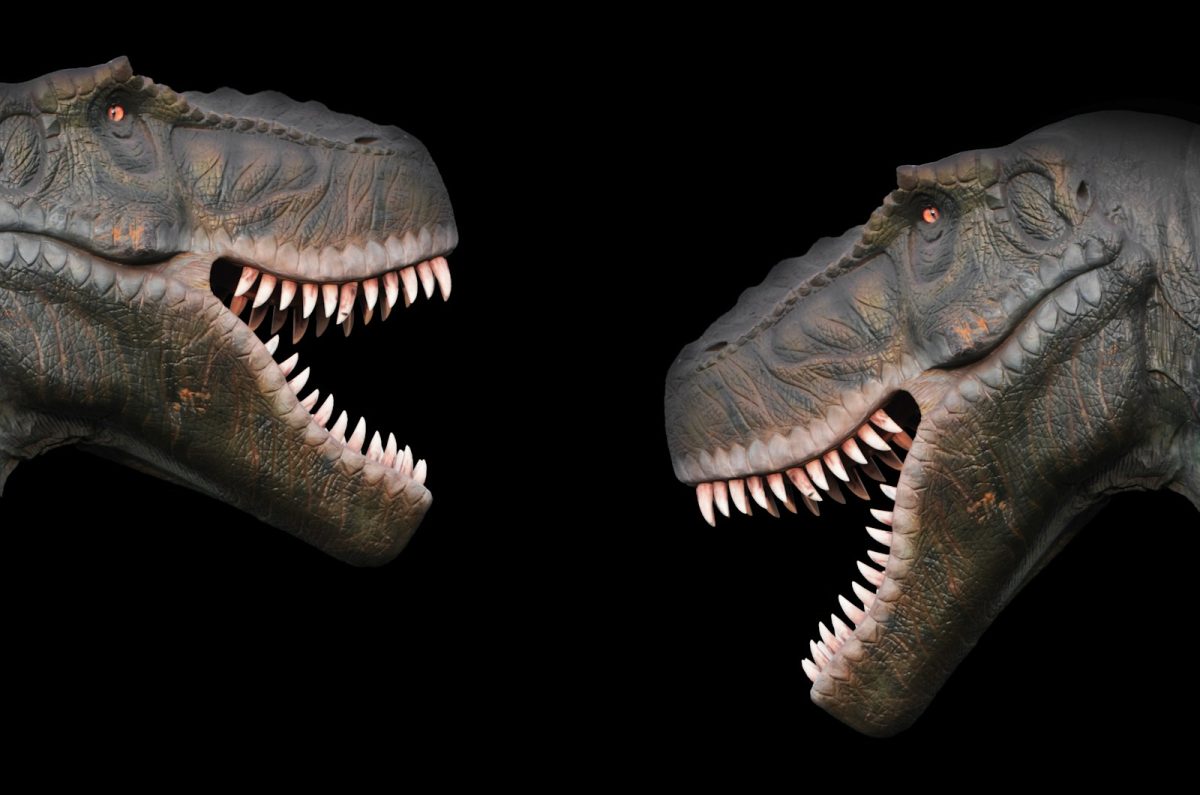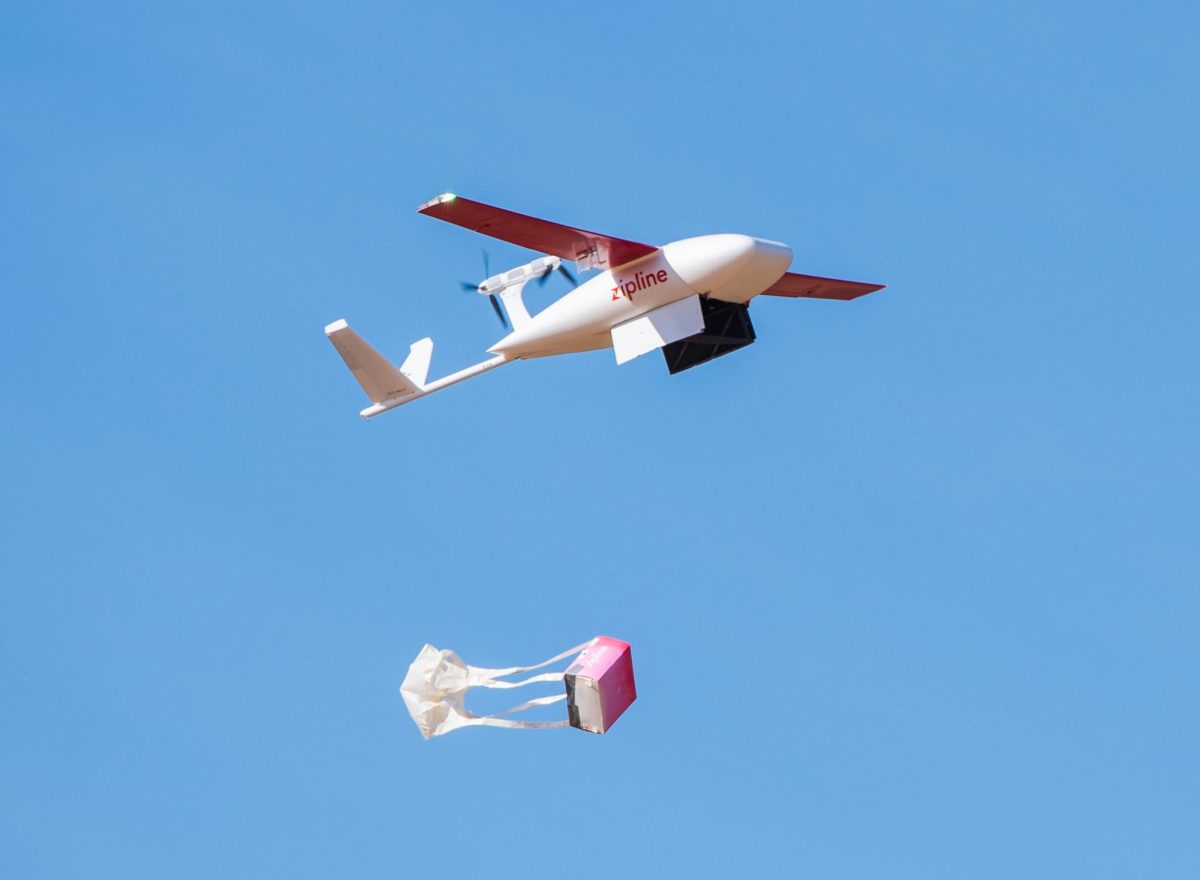An exciting discovery, researchers have dug into a 106-million-year-old dinosaur footprint, revealing that these prehistoric giants used wing-assisted running to boost their speed. The researchers examined recently discovered dinosaur footprints in South Korea for this study. These footprints belong to a dinosaur species that was believed to be similar in size to a modern sparrow, making it a small raptor. What puzzled paleontologists was the animal’s enormous stride; the unknown raptor’s footprints had more significant gaps between them than expected for such a small dinosaur. “This guy is dinky—one of the smallest dinosaurs that we have fossils of,” said University of Maryland paleontologist Thomas R. Holtz Jr and co-author of a new research published in the journal Proceedings of the National Academy of Sciences. “These tracks were a puzzle because their footprints are so tiny but far apart.”This led researchers to conclude that a bird-sized dinosaur from the early Cretaceous period used its wings to run more quickly rather than fly.
The group studied the footprints and the creatures that made them. They found signs of wing-assisted running. Dinosaurs sometimes left footprints in mud as they walked. Some of these prints turned into fossils and can still be seen today. These fossilized footprints are called trackways. In this recent study, the research group concentrated on a trackway discovered at an excavation site in the Jinju Formation in southeastern South Korea. The tracks were significant due to the considerable gap between the footprints—ranging from 25 to 31 centimeters in size.
In their analysis of the distance between the dinosaur’s tracks and the size of its leg muscles, researchers concluded that the small dinosaur could not have sprinted fast enough for its footprints to be so widely spaced without assistance. This assistance likely came from wings. It is thought to travel at 38 kph when the tracks were created. Since the tracks abruptly stopped, it is unclear whether the creature was ascending, descending, or using wing flaps to propel itself on the ground. This movement, called “flap running,” is a unique locomotion between running and flying. It creates sufficient aerodynamic force to lift an animal briefly—allowing them to ascend a tree, for instance—but does not achieve sustained flight. It has not yet been determined whether the dinosaur could fly. However, the possibility remains because prior research has indicated that D rarus was feathered.
The results support theories suggesting that the development of flight was not straightforward and that several species developed this ability independently. Another theory was that this animal was just extremely fast. Once researchers determined the animal’s hip height, they used a formula to calculate the speed it would have needed to run to achieve such a long stride.
Related Stories
https://phys.org/news/2024-10-tracks-left-bird-sized-dinosaur.html
https://www.science.org/content/article/glide-and-stride-tiny-feathered-dino-flapped-it-ran





